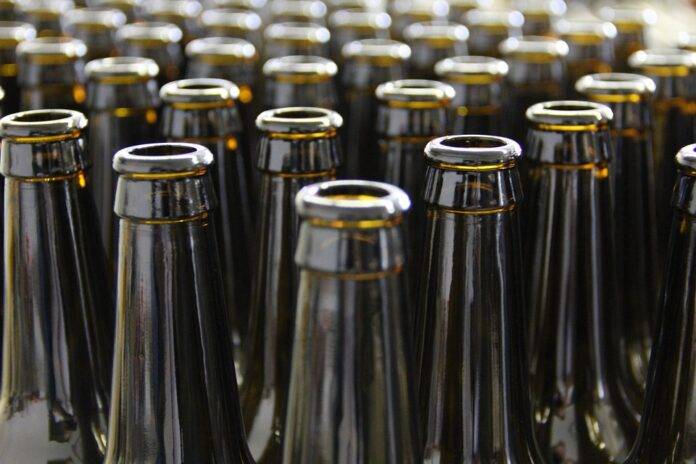Introduction
Spontaneous and wild fermentation have been key techniques used in the production of sour and funky beers for centuries. These methods involve harnessing the power of naturally occurring yeast and bacteria present in the environment to ferment the beer, resulting in unique and complex flavors that are distinct from traditional brewing methods. In this report, we will explore how spontaneous and wild fermentation contribute to the creation of sour and funky beers, and the impact they have on the craft beer industry.
What is Spontaneous and Wild Fermentation?
Spontaneous Fermentation
Spontaneous fermentation is a process in which beer is fermented using the wild yeast and bacteria present in the air and on the surfaces of the brewing equipment. This method is commonly used in traditional brewing regions such as Belgium, where open fermentation vessels are left exposed to the surrounding environment to capture wild yeast strains. The beer is then aged in wooden barrels or foeders to allow the flavors to develop over time.
Wild Fermentation
Wild fermentation is similar to spontaneous fermentation, but with a deliberate introduction of specific yeast and bacteria strains to kickstart the fermentation process. This method allows brewers to have more control over the final flavor profile of the beer while still incorporating some wild elements. Wild fermentation can be achieved by adding a mixed culture of yeast and bacteria or by using a barrel that has been previously inoculated with wild microbes.
Flavor Profile of Sour and Funky Beers
Sour and funky beers are known for their complex and diverse flavor profiles, which are a result of the unique fermentation process. The wild yeast and bacteria used in spontaneous and wild fermentation contribute to the development of sour, tart, and funky flavors that are not typically found in traditional beers. These beers often exhibit characteristics such as acidity, fruitiness, earthiness, and barnyard funk, making them a favorite among craft beer enthusiasts looking for something different.
Impact on the Craft Beer Industry
Growth of Sour Beer Market
The popularity of sour and funky beers has been steadily growing in recent years, with more breweries experimenting with spontaneous and wild fermentation techniques. This has led to an increase in consumer demand for these unique and flavorful brews, driving growth in the sour beer market. According to industry reports, the global sour beer market is expected to reach a value of $4.5 billion by 2025, indicating a significant opportunity for brewers to capitalize on this trend.
Rise of Mixed Fermentation Beers
Mixed fermentation beers, which combine both traditional and wild fermentation methods, have also been gaining popularity in the craft beer industry. Brewers are increasingly blending different yeast and bacteria strains to create complex and innovative flavor profiles that appeal to a wider audience. This trend has led to a surge in sales of mixed fermentation beers, with some breweries reporting double-digit growth in this category.
Notable Companies in the Sour Beer Market
The Bruery
Based in California, The Bruery is a renowned craft brewery known for its innovative sour and funky beers. The brewery has a dedicated barrel-aging program that focuses on using spontaneous and wild fermentation techniques to create unique and complex brews. The Bruery’s beers have received numerous awards and accolades, solidifying its reputation as a leader in the sour beer market.
Cantillon Brewery
Located in Brussels, Belgium, Cantillon Brewery is a historic brewery that specializes in traditional lambic beers fermented through spontaneous fermentation. The brewery’s beers are highly sought after by beer enthusiasts around the world for their authentic and complex flavors. Cantillon Brewery has been instrumental in preserving the art of spontaneous fermentation and is considered a pioneer in the sour beer market.
Conclusion
Spontaneous and wild fermentation play a crucial role in the creation of sour and funky beers, offering brewers a unique way to express their creativity and produce innovative brews. The growing popularity of sour beers and mixed fermentation beers indicates a shift in consumer preferences towards more adventurous and experimental flavors. As more breweries embrace these techniques, we can expect to see a continued expansion of the sour beer market and a greater diversity of offerings for beer lovers to enjoy.


